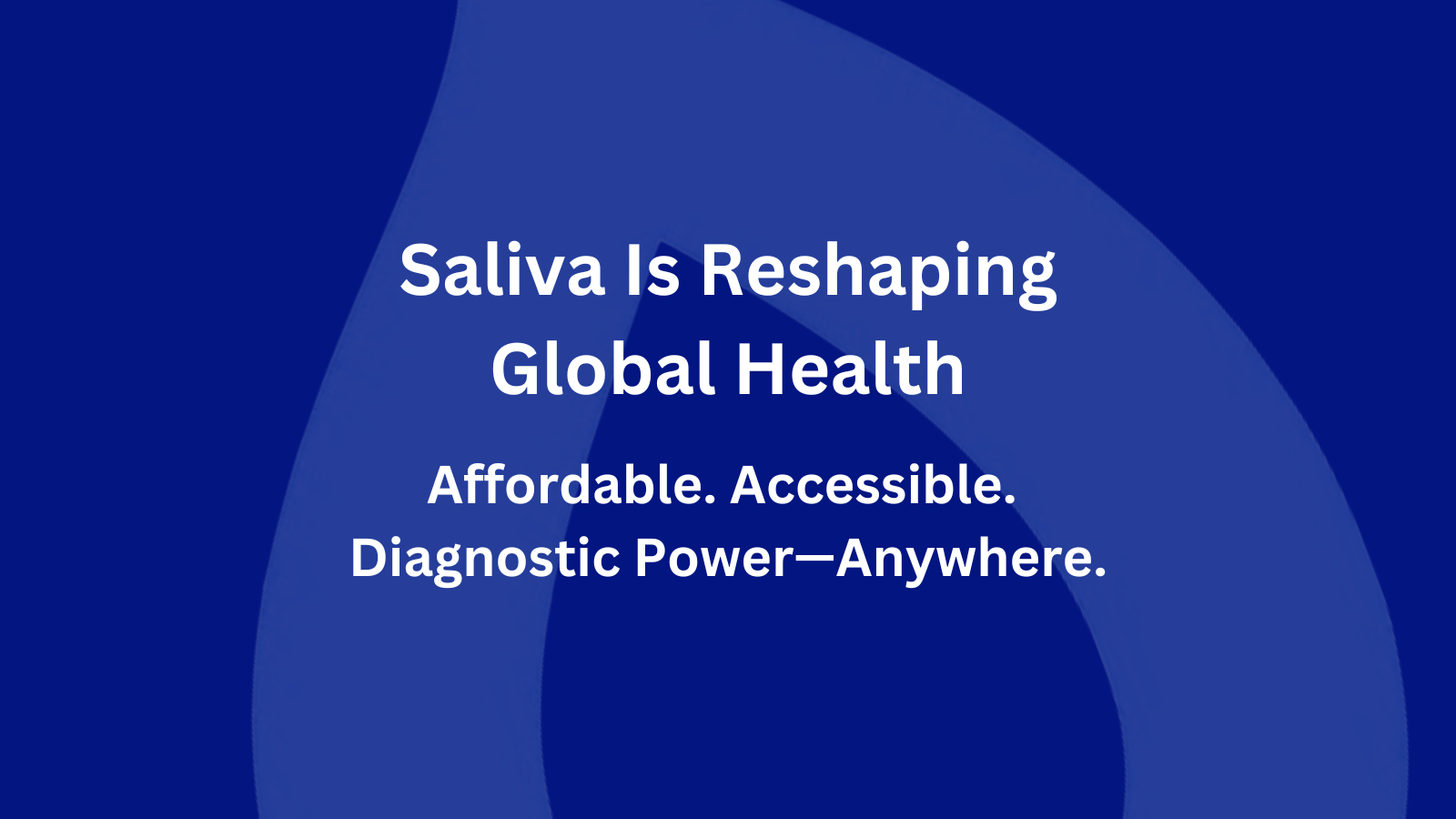The Untapped Power of Saliva: Rethinking Diagnostics for Low-Resource Settings
Saliva has long been an overlooked biological fluid in the world of diagnostics, overshadowed by blood, urine, and even nasopharyngeal swabs. Yet, as healthcare systems worldwide seek more accessible, scalable, and safe diagnostic solutions, saliva is stepping into the spotlight—especially in low-resource settings. Its unique properties, ease of collection, and diagnostic potential are rewriting the rules for global health screening and disease management.
Why Saliva? The Science Behind the Simplicity
Saliva is a complex mixture of water, electrolytes, proteins, enzymes, hormones, antibodies, and even genetic material. This biochemical richness makes it a mirror of systemic health, capable of revealing everything from infectious diseases to nutritional status and hormonal imbalances.
Unlike blood, saliva can be collected without needles, reducing the risk of accidental exposure to blood-borne pathogens. This is a significant advantage for healthcare workers in regions where safety equipment and training may be limited. Additionally, unlike blood which is a sterile fluid, saliva reflects a vast range of bacterial, viral and other microbial infections (not only oral.) this is the reason why antigens cannot be detected by blood but by saliva.
Saliva collection is also painless and non-invasive, making it ideal for populations that are difficult to reach or hesitant about traditional medical procedures.
Transforming Access in Low-Resource Environments
In many parts of the world, diagnostic infrastructure is minimal. Laboratories are few and far between, trained phlebotomists are scarce, and transporting blood samples can be logistically and financially prohibitive. Saliva-based diagnostics address these challenges head-on.
Saliva samples are stable at room temperature for extended periods, eliminating the need for cold chain logistics. This stability allows for sample collection in remote villages and transport to central labs without compromising test accuracy.
In fact, studies have shown that saliva can be used to reliably detect a wide range of conditions, from HIV and hepatitis to COVID-19 and even micronutrient deficiencies.
We previously highlighted how saliva’s versatility is paving the way for point-of-care diagnostics that can be deployed in schools, community centers, and even homes—bringing healthcare directly to those who need it most.
Saliva in Action
During the COVID-19 pandemic, saliva-based PCR tests proved to be as sensitive as nasopharyngeal swabs, but far easier to administer and scale. In countries with limited healthcare infrastructure, this meant that mass testing became feasible, even in rural and underserved areas. Saliva testing also minimized the need for personal protective equipment, further reducing costs and logistical hurdles.
Beyond infectious diseases, saliva is being used to monitor malnutrition and micronutrient deficiencies in children, which is a critical need in many low-income countries. Salivary biomarkers such as total protein, ferritin, and vitamin D levels have shown strong correlations with blood-based measurements, enabling early detection and intervention for at-risk populations.
Cultural Acceptance and Community Trust
One of the most profound advantages of saliva-based diagnostics is their alignment with cultural norms and sensitivities.
In some communities, blood draws are taboo or associated with negative beliefs. Saliva collection, by contrast, is seen as less invasive and more acceptable, leading to higher participation rates in screening programs. This cultural compatibility is essential for the success of public health initiatives.
Cost-Effectiveness and Scalability
For global health organizations and governments, the cost of diagnostics is a major concern. Saliva-based tests are generally less expensive to produce and administer than blood-based alternatives. They require fewer consumables, less specialized training, and minimal infrastructure.
This cost-effectiveness enables large-scale screening campaigns that would be otherwise unattainable in low-resource settings.
Moreover, the simplicity of saliva collection empowers community health workers and even laypersons to participate in health monitoring, expanding the reach of diagnostic programs and freeing up clinical resources for more complex cases.
Integrating Saliva into Global Health Strategies
As technology advances, the diagnostic potential of saliva continues to grow. Multiplex assays capable of detecting multiple diseases or nutritional markers from a single sample are on the horizon. Portable, battery-powered analyzers are making it possible to deliver lab-quality results in the field, further democratizing access to essential healthcare.
The World Health Organization has recognized the value of saliva testing in its pandemic response strategies, and ongoing research is expanding its use for everything from cancer screening to monitoring chronic diseases.
A Major Shift in Diagnostics
Rethinking diagnostics for low-resource settings means embracing solutions that are not only scientifically robust but also practical, affordable, and culturally sensitive. Saliva-based diagnostics embody all these qualities, offering a pathway to more equitable healthcare around the globe.


